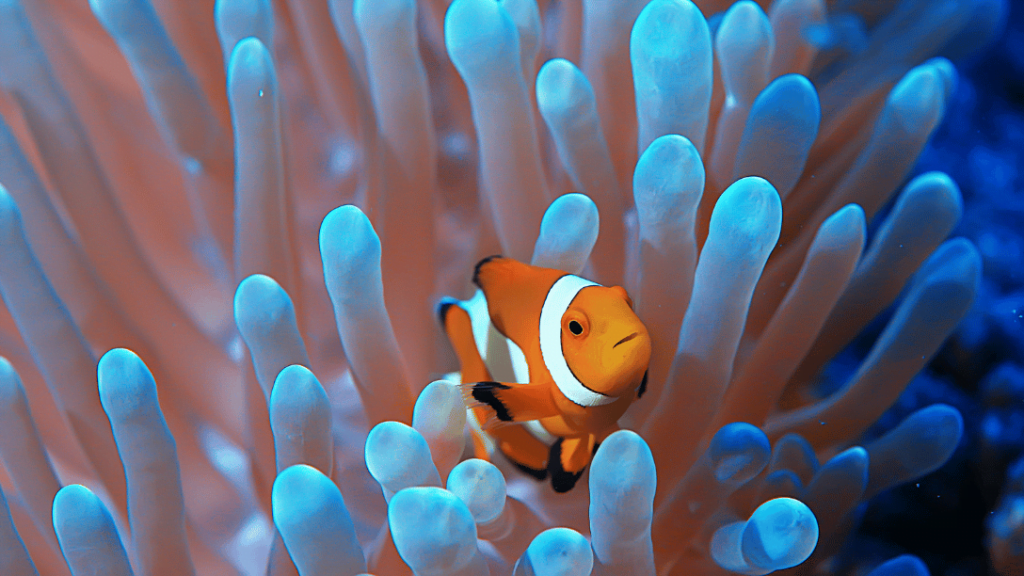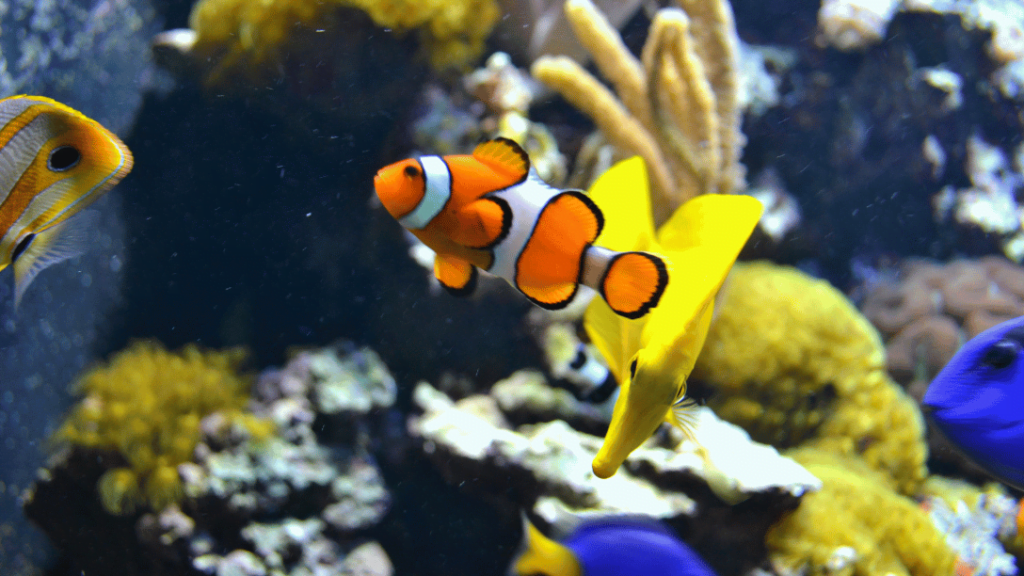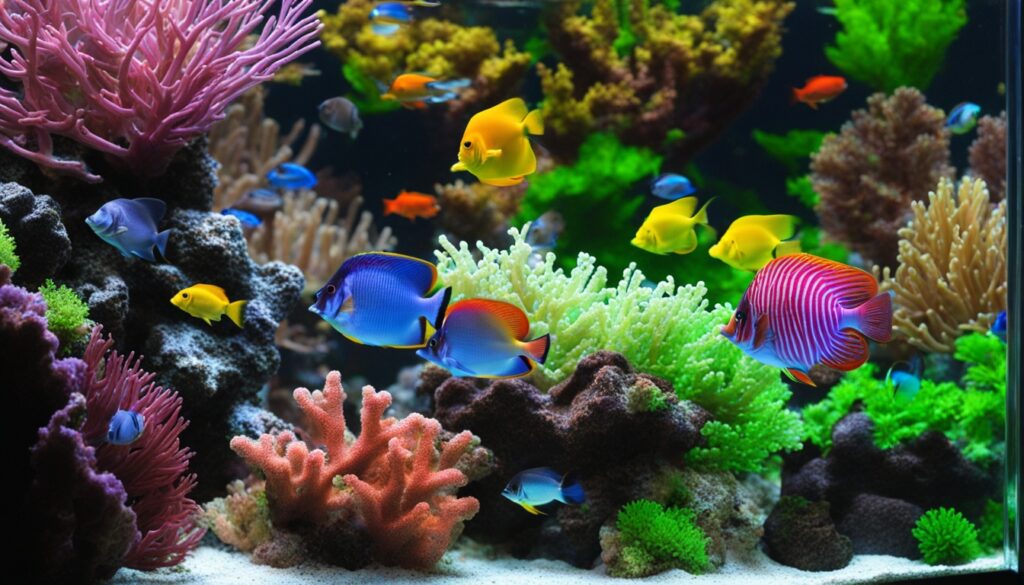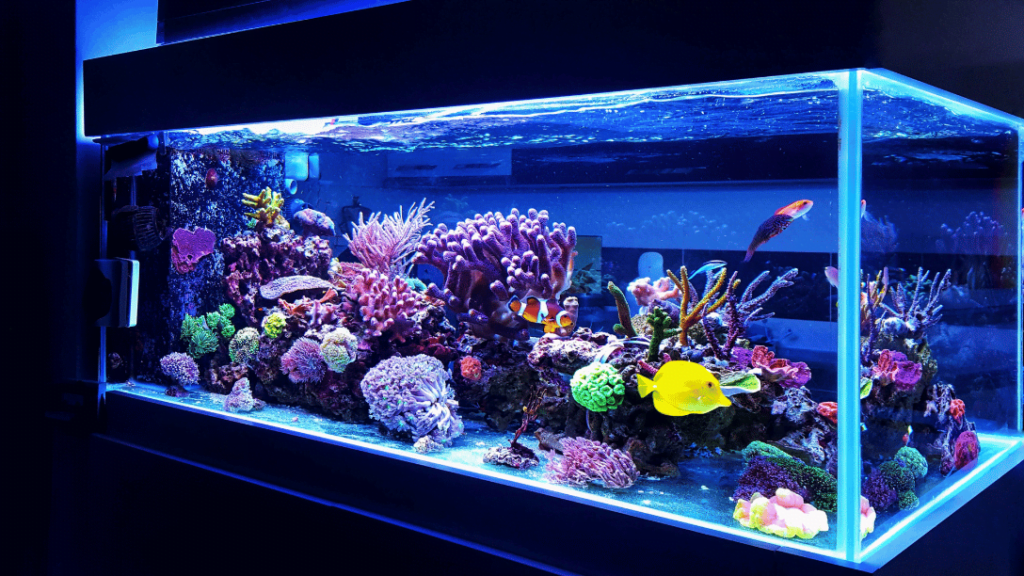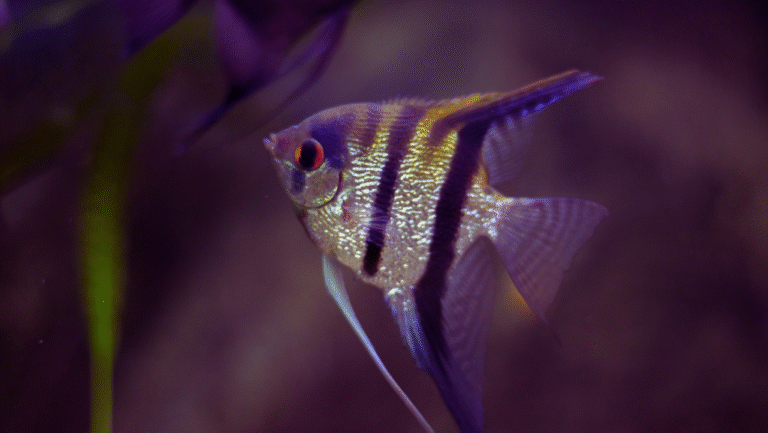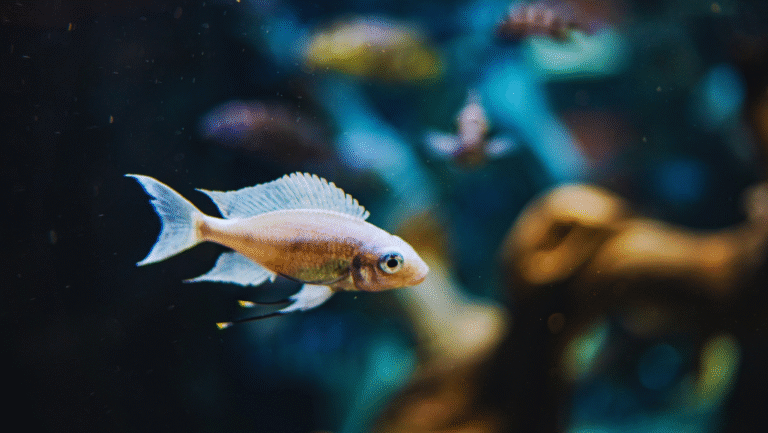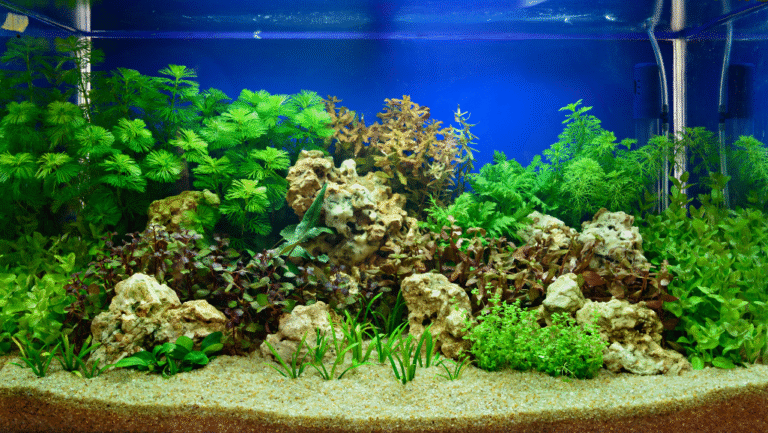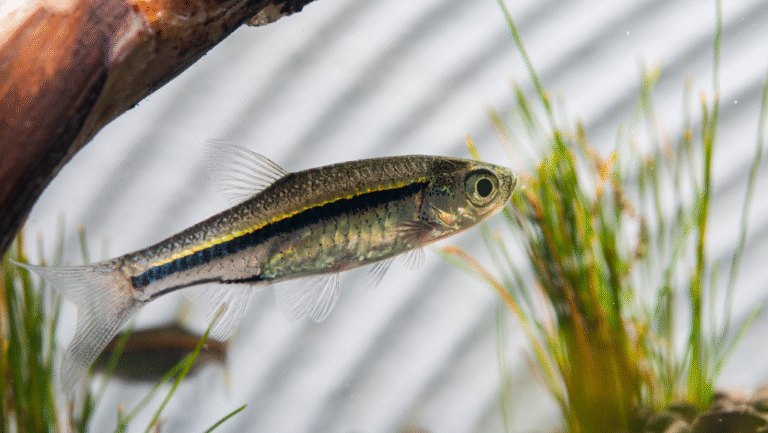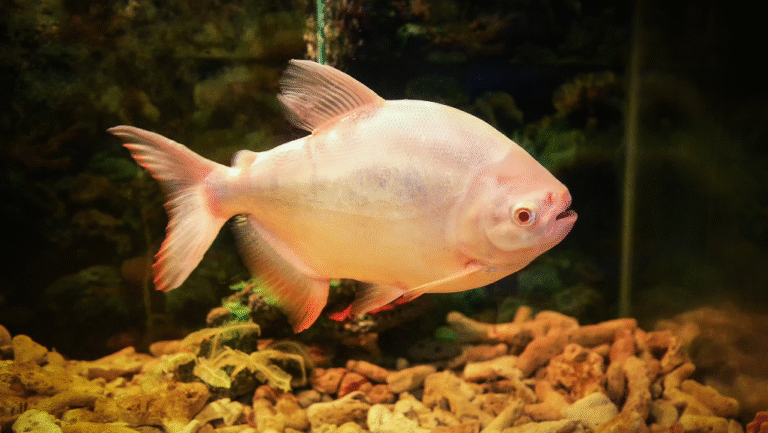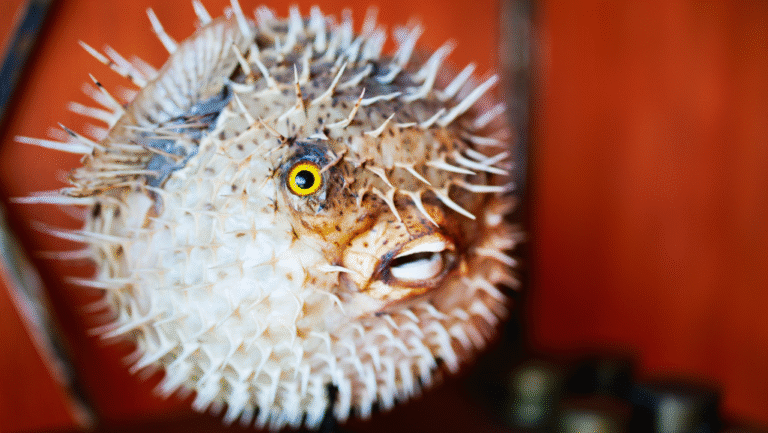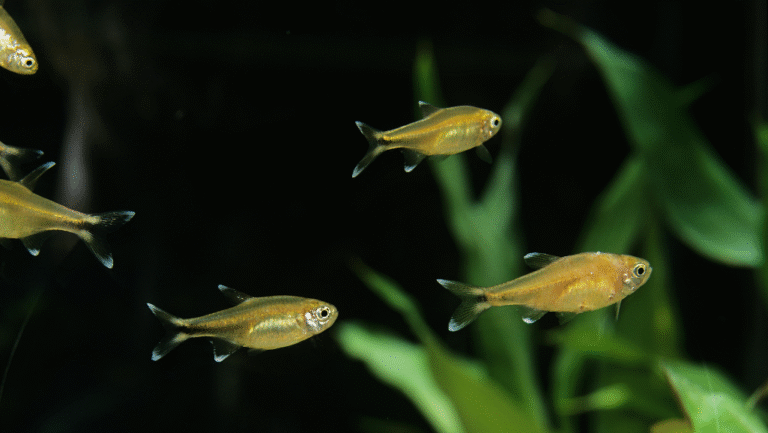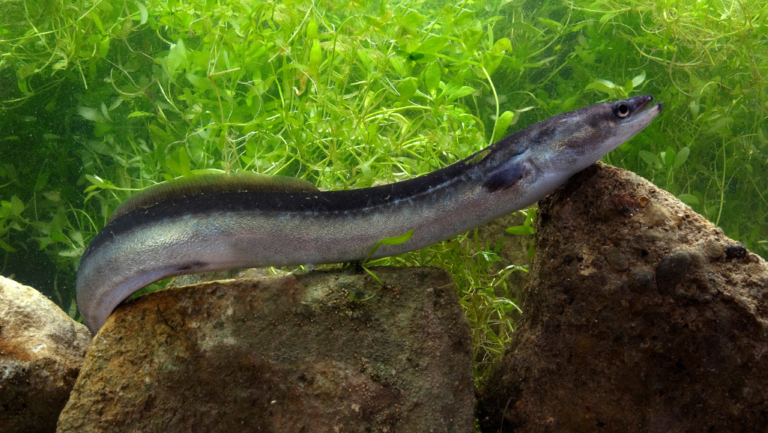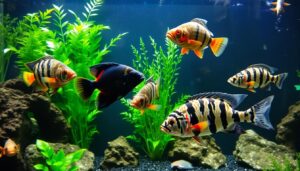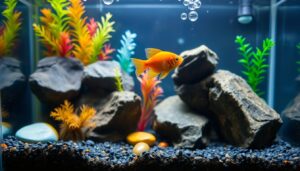Now, you can bring the ocean’s wonders into your home with saltwater aquarium fish. These vibrant creatures let you experience coral reef life up close. From the famous clownfish to the elegant blue tang, these fish make marine aquariums come alive.
Caring for saltwater fish takes effort, but the rewards are huge. Picture a Royal Gramma swimming among colorful corals or a Yellow Tang moving in its bright color. These fish and others create a living world that’s both stunning and educational.
Marine aquariums are more challenging than freshwater ones but offer special rewards. They need clean water, the right food, and a setup that feels like home for the fish. With time and knowledge, you can make a space full of life and beauty.
Key Takeaways
- Saltwater aquarium fish bring ocean beauty home
- Popular species include clownfish, tangs, and angelfish
- Proper care is essential for a thriving marine ecosystem
- Saltwater tanks require more attention than freshwater
- Creating a balanced habitat is key to fish health
- Marine aquariums offer unique educational opportunities
Introduction to Saltwater Aquarium Fish
Saltwater aquariums bring the vibrant world of marine fish into your home. They offer a unique glimpse into ocean life. This makes them a popular choice for those who love aquatic pets. The colorful coral reefs and exotic fish species draw many to start their marine aquarium adventure.
The Appeal of Marine Aquariums
Marine aquariums are captivating with their diversity and beauty. Hobbyists can create stunning reef environments. These include colorful coral and a variety of fish species. The challenge of maintaining a balanced ecosystem adds to the excitement of owning a saltwater tank.
Benefits of Keeping Saltwater Fish
Owning a saltwater aquarium has many rewards. It provides a calming atmosphere, reducing stress and promoting relaxation. Watching marine fish swim gracefully can be therapeutic. Plus, it offers educational opportunities, teaching about marine ecosystems and conservation.
Challenges and Rewards for Hobbyists
Saltwater aquariums are rewarding but require dedication. Proper setup and maintenance are key. Maintaining water chemistry, ensuring proper lighting, and choosing compatible species can be tough. But, the satisfaction of creating a thriving reef ecosystem is unmatched.
| Parameter | Ideal Range |
|---|---|
| Temperature | 75-82°F (depending on tank type) |
| Specific Gravity | 1.020-1.026 |
| pH | 8.1-8.4 |
With proper care and attention, a saltwater aquarium can become a thriving ecosystem. It showcases the beauty of marine life in your own home.
Popular Beginner-Friendly Saltwater Fish Species
Starting a saltwater aquarium is an exciting journey. Picking the right beginner saltwater fish is key to success. Let’s look at some hardy marine species great for beginners.
Clownfish: The Finding Nemo Star
Clownfish are a great pick for new fish keepers. They are vibrant, easy to care for, and fit well in tanks. The ocellaris clownfish, or false percula, is especially popular. They do well in small groups and need a 20-gallon tank.
Damselfish: Hardy and Colorful Options
Damselfish are known for their toughness and bright colors. The yellowtail damselfish is a calm species that fits well in community tanks. They’re perfect for beginners because they’re resilient and adaptable. A 30-gallon tank is best for a small group.
Green Chromis: Schooling Beauties
Green chromis are beautiful schooling fish that bring life to any tank. They’re peaceful and simple to care for, making them great for beginners. These fish prefer to be in groups of six or more in a 30-gallon or bigger tank.
| Fish Species | Minimum Tank Size | Temperament | Difficulty Level |
|---|---|---|---|
| Clownfish | 20 gallons | Semi-aggressive | Easy |
| Damselfish | 30 gallons | Varies by species | Easy |
| Green Chromis | 30 gallons | Peaceful | Easy |
These fish are a great start for new saltwater aquarium fans. Always research each species’ needs to make sure your tank thrives.
Saltwater Aquarium Fish for Experienced Hobbyists
For those who love marine life, there’s a world of exotic fish to explore. These fish add a touch of the ocean to your home. But, they need special care and attention.
Angelfish are a top pick for experts. The Queen Angelfish can grow up to 17 inches and live for 15 years. They need big tanks and a varied diet to do well.
Tang species, like the Achilles Tang, are also popular. These fish can grow up to 10 inches and require expert care. Tangs love to swim, so they need lots of space.
Wrasses, such as the Blue Bird Wrasse, bring color to your tank. These fish can reach 12 inches and prefer big tanks with active friends. Proper cleaning techniques are key for these diverse species.
| Species | Max Size | Lifespan | Min Tank Size |
|---|---|---|---|
| Queen Angelfish | 17 inches | 15 years | 180 gallons |
| Achilles Tang | 10 inches | 10-15 years | 180 gallons |
| Blue Bird Wrasse | 12 inches | 5-7 years | 125 gallons |
| Clown Triggerfish | 20 inches | 10-20 years | 200 gallons |
Most saltwater fish are caught in the wild, with clownfish being an exception. This highlights the need for careful fishkeeping to protect these beautiful creatures.
Essential Equipment for a Thriving Saltwater Aquarium
Setting up a saltwater aquarium needs careful planning and the right gear. Let’s look at the key parts you need for a healthy marine world at home.
Proper Filtration Systems
Aquarium filters are key for clean water. For saltwater tanks, mix under-gravel and canister filters or external wet/dry trickle filters. These systems take out waste and keep your fish’s home stable.
Lighting Requirements
Lighting is crucial for coral growth and fish health. LED lights, like the Radion G6, are favorites among reef lovers. They copy natural light and adjust to what different fish need.
Protein Skimmers and Their Importance
A protein skimmer is a must for reef tanks. It takes out dissolved organic stuff, making water clear and clean. This gear stops water from turning yellow and keeps your marine life healthy.
| Equipment | Purpose | Recommendation |
|---|---|---|
| Heaters | Maintain temperature | 8 watts per gallon |
| Powerheads | Create water flow | 40 gallons per hour per gallon |
| Return Pumps | Circulate water | 4-6 turnovers per hour |
| Protein Skimmer | Remove organic compounds | Essential for all reef tanks |
Don’t forget saltwater test kits for checking water levels. Testing pH, ammonia, nitrite, nitrate, alkalinity, and calcium keeps your marine life balanced.
Creating the Perfect Saltwater Environment
Setting up a thriving saltwater tank needs careful planning and attention to detail. The goal is to make a space that feels like the ocean, giving marine life a good home. A great saltwater setup uses the right equipment, aquascaping, and regular care.
Live rock is key in saltwater tanks. It acts as a filter and gives fish places to hide. When setting up your tank, add 1.5 to 2 pounds of live rock for every gallon of water. This helps with coral reefs and supports good bacteria.
Aquascaping makes your tank look amazing. Mix live rock and coral to make a varied landscape. Make sure there’s room for water flow and easy cleaning. Keep rocks at least 1.5 inches from the glass for cleaning.
Choosing the right substrate is important too. A sand bed looks natural and helps some fish and invertebrates. Add 3-5 pounds of live sand per gallon for a 1-2 inch layer. CaribSea Ocean Direct Original Grade sand is a great choice for its variety of life.
- Use purple epoxy and thick super glue to secure rock structures
- Create hiding spots and territories for fish
- Incorporate various textures and shapes in your aquascape
- Leave open swimming areas for active fish species
Keeping water stable is key for a healthy tank. Get good filters and change the water regularly. Changing 10% of the water each week keeps it stable and stops bad water quality. For beginners, a 40-gallon tank is a good size because it’s affordable and stable.
| Tank Size | Live Rock | Sand | Weekly Water Change |
|---|---|---|---|
| 40 Gallons | 60-80 lbs | 120-200 lbs | 4 Gallons |
| 75 Gallons | 112-150 lbs | 225-375 lbs | 7.5 Gallons |
By focusing on these key elements, you can make a vibrant and healthy saltwater environment. It will feel like a real coral reef in your home aquarium.
Feeding and Nutrition for Saltwater Aquarium Fish
Feeding your saltwater aquarium fish the right food is key to a healthy tank. A balanced diet keeps your fish healthy and your tank stable.
Types of Food for Different Species
Different fish eat different foods. Omnivores like clownfish eat both plants and animals. Tangs prefer algae-based foods. Carnivores need live or frozen food. Over 90% of wild saltwater fish like frozen foods, making them a top choice for feeding.
Feeding Schedules and Amounts
Feeding your fish right is important. Most eat small amounts often. Carnivores might eat three times a day, while some only need food twice a week. Don’t overfeed to avoid water quality problems. Change up frozen foods monthly for the best nutrition.
Supplements and Vitamins
Supplements are crucial for fish food. Vita-Chem and Selcon give fish the nutrients they might miss in regular food. These are key for fish with special needs or those getting over sick. Add supplements slowly to your fish’s diet for the best effect.
| Fish Type | Recommended Diet | Feeding Frequency |
|---|---|---|
| Clownfish | Omnivorous mix | 2-3 times daily |
| Tangs | Algae-based foods | Multiple small feedings |
| Lionfish | Carnivorous diet | 1-2 times weekly |
For fish care, a varied diet is essential. Mixing different foods and supplements meets your fish’s needs. This creates a healthy home aquarium.
Maintenance and Care for Your Saltwater Aquarium
Keeping your saltwater tank in top shape is crucial. Regular care keeps the water clean and your fish happy and healthy. Let’s explore key tasks for a thriving marine environment.
Changing 10-25% of the water weekly is vital for saltwater tanks. This action keeps water stable and removes bad stuff. Always check these important water levels during these changes:
- pH: 8.0 – 8.4
- Salinity: 34-36 ppt for fish tanks, 32-33 ppt for reef tanks
- Alkalinity: 8-12 dkh
- Ammonia and Nitrite: close to 0 ppm
- Nitrate: 0 – 40 ppm
Every day, feed your fish twice and check the water temperature. Once a month, clean your tank thoroughly, including the glass and filters. Use an algae magnet for the glass and soak air intakes in white vinegar to avoid clogs.
| Maintenance Task | Frequency |
|---|---|
| Water changes | Weekly |
| Water testing | Weekly |
| Feeding | Twice daily |
| Filter media check | Weekly |
| Algae scrubbing | Monthly to weekly |
Regular cleaning and checking are key for a healthy marine world. By sticking to these tips, you’ll make a great home for your saltwater fish.
Compatibility and Community Building in Marine Tanks
Creating a thriving saltwater community tank takes careful planning and knowledge of fish behavior. It’s key to pick fish that live well together. This ensures a peaceful environment for all aquarium fish.
Choosing Compatible Species
When picking fish for your tank, think about their needs and how they act. Clownfish are known for their bright colors and like to live in groups. They go well with anemones. Damselfish are tough but need their own space. Electric blue gobies add color and like small caves.
Creating a Balanced Ecosystem
A balanced marine tank has fish from different water levels. Keep these things in mind:
- Tank size: Bigger tanks are more stable and can hold more species
- Water quality: Good filters are key for fish health
- Hiding spots: Caves and corals give shelter to territorial fish
- Feeding habits: Mix fish with different diets for balance
Avoiding Territorial Conflicts
Reef fish can be complex, with some being aggressive. To reduce fights:
- Learn about each fish’s nature before adding them
- Give fish enough space for their territories
- Add new fish slowly to lessen stress
- Watch how fish interact closely, especially at first
| Fish Type | Compatibility Level | Special Needs |
|---|---|---|
| Clownfish | High | Anemone host |
| Damselfish | Medium | Personal territory |
| Gobies | High | Small caves |
| Tangs | Low | Large swimming area |
By thinking about these points, you can make a peaceful saltwater tank. It will show off marine life’s beauty and keep your fish healthy.
Conclusion
The saltwater aquarium hobby is a mix of beauty and science. It brings joy to those who create thriving marine worlds at home. With the right research and effort, anyone can succeed in this hobby.
These aquariums have many benefits. They help reduce stress and lower blood pressure, making homes and offices more peaceful. They also teach us about marine biology and how to protect our oceans.
For a successful reef tank, keep the pH levels right and pick fish that live well together. Beginners can start with easy fish like Clownfish or Blue-Green Chromis. Experts might choose Flame Angelfish or Mandarin Dragonets. Feeding and caring for your fish is key to their health.
As the aquarium trade grows, choosing responsibly becomes more important. By doing things right and staying updated, hobbyists can enjoy their aquariums. They also help protect our oceans.

